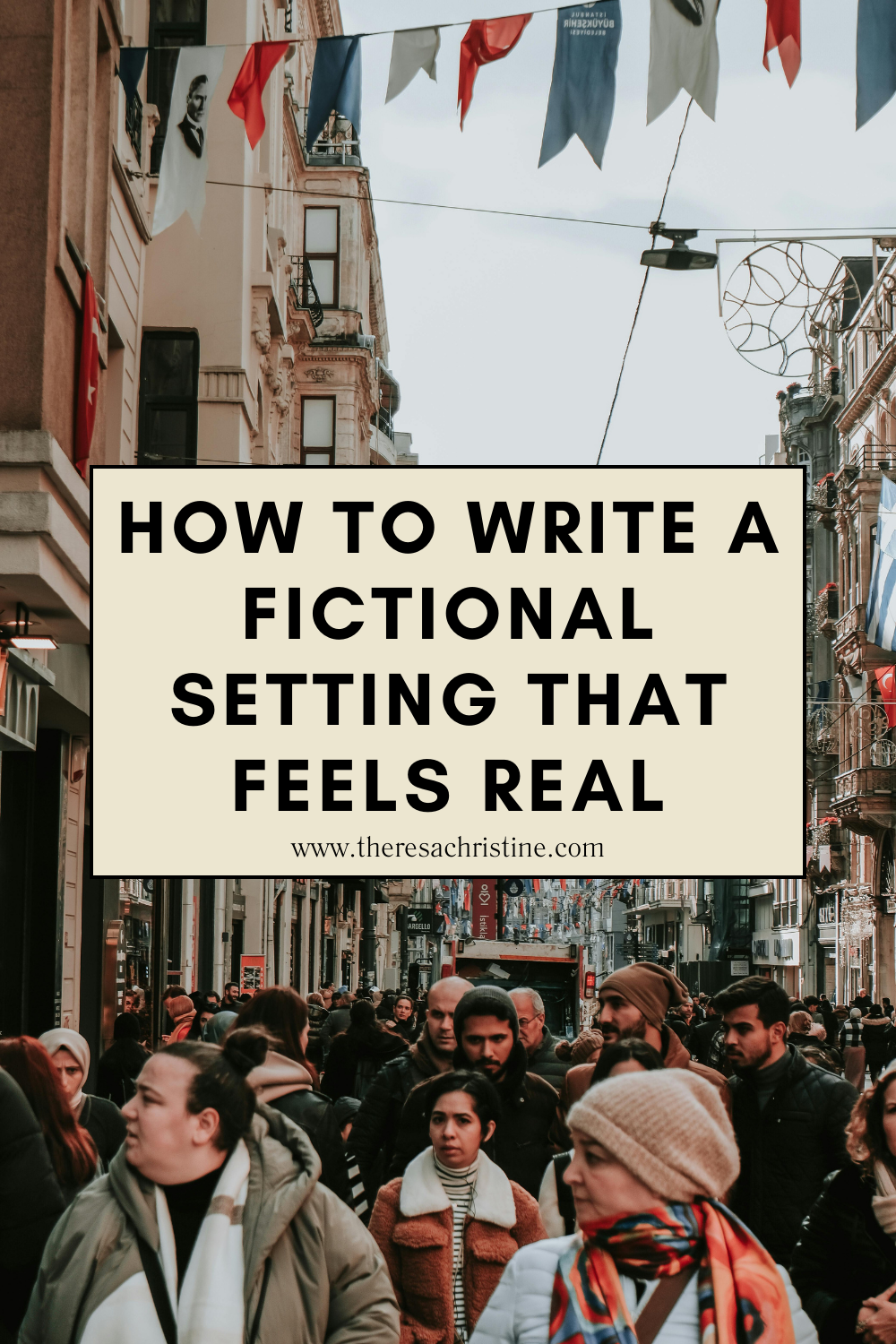How do you write real places into fictional worlds?
I’m in awe of sci-fi and fantasy writers who can create entire worlds complete with maps and languages and an alternate history and fit it into a book. Maybe it’s my journalism background, but I thrive when my fiction writing is rooted in reality. My first book, The Half of It, is set in a very real place (Ireland), but the town is an amalgamation of places I visited while there. My current WIP (an unnamed Book 2, for now) is set in the desert of California—like Joshua Tree, where I’ve been many times, but it’s not quiiiiite Joshua Tree.
I want these places to feel like they exist even though they’re really not. Luckily, working as a travel writer has made me extra sensitive to representing a destination accurately and respectfully, which has come in really handy when writing fiction. Here’s my advice on using real-world places to inspire fictional settings in what you write.
Keep it Real, Regionally
Although the actual towns I created are fake, the places they’re located are not. This is such an advantage if you don’t want to spend heaps of prep dreaming up a new environment, or just if you’re writing something set in our current world (save for your made-up location). Plus, you can visit the real places, if you so choose and are able to, for inspo.
Building an entire world from the ground up is a big task, so grounding your fictional place with a legit region, state, part of the country, etc. means you won’t have to introduce people to a new language or an alternate history; instead, worldbuilding can focus on the sensory info that make a place unique.
Dig During the Research Phase
I made the decision that the country, region, state, etc. were all the real ones we know and love, but the specific towns in these books would be my own. This meant I needed to do some research to help mentally build my towns and give them the scaffolding of reality.
Aside from the usual suspects (Google Maps, Wikipedia, blogs, photos, etc.), here are a few other places/resources that can help:
Rome2Rio. This is my favorite way to find out routes from Point A to Point B. This helped me a lot in The Half of It to wrap my head around how my characters would get around as well as real cities/towns they would visit and how far they were from my fictional town.
Reddit. The subreddits for countries, regions, or towns I’m basing my work off of are really excellent resources for what daily life is like for people.
History books. Excellent for context. I find that “The Complete Idiot’s Guide” or the “For Dummies” books are actually pretty great for getting a pretty solid overview of a country’s history without having to dive into a dry-as-dust, 1,000+ page account. For The Half of It I read Irish History for Dummies and it was like reading that cool teacher from high school talk about the Troubles.
News outlets, especially local ones. Again, a great way to see what life is like for locals. For Book 2, the short-term rental gold rush in Joshua Tree is a key conflict for one of my main characters, a boutique hotel owner.
Get a Beta Reader or Hire an Editor From That Region
Once I edited The Half of It multiple times, I wanted to make sure I’d nailed the lingo, the culture, and basically represented Ireland and Irish people in a way that wouldn’t make Irish people scream. I reached out to my network and got some vocabulary help, and then I also hired an editor (the brilliant Aimee Walker).
As for my pseudo-Joshua Tree book, I’m far more familiar with that region than I am with small towns in Ireland and I’ve traveled there multiple times. I don’t think I need to hire someone to check for J. Tree accuracy, but I may try to find a beta reader who is at least familiar with that area.
Want more writing tips & romance novel updates from me? Sign up for my newsletter 💖

